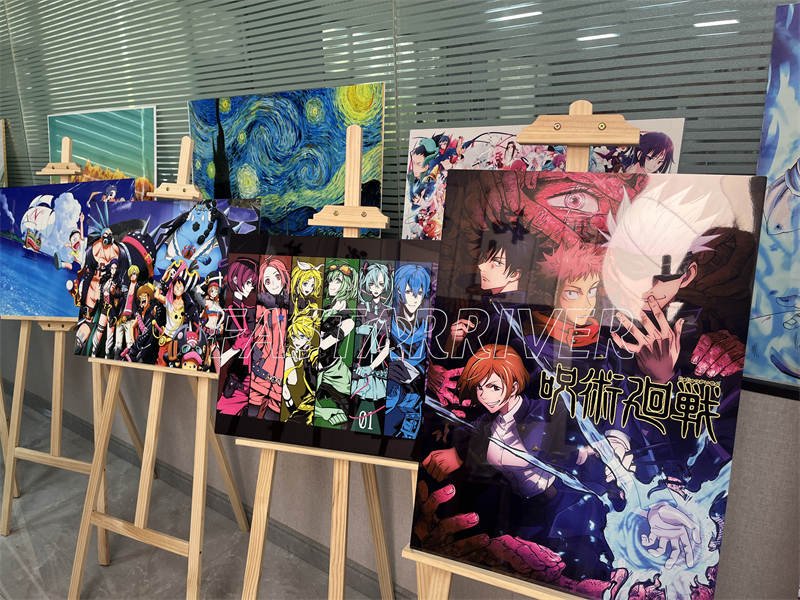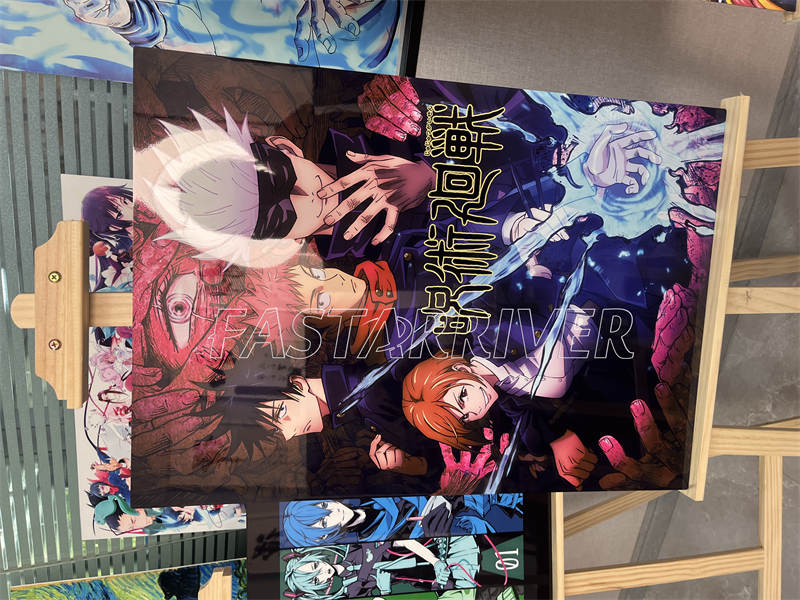Aluminum sublimation is a popular method for creating high-quality, durable, and full-color prints on metal surfaces. Whether you’re a beginner or a professional, understanding the correct temperature and time settings for aluminum sublimation is crucial for achieving vibrant, long-lasting results.

Specification Table of Aluminum Sublimation Sheets
| Property | Details |
|---|---|
| Material Type | Coated aluminum sheet for dye sublimation |
| Available Thickness | 0.3mm, 0.45mm, 0.5mm, 1.0mm |
| Classification | A4, A3, custom sizes, blanks, panels |
| Common Alloys | 1050, 1060, 3003 |
| Coating Type | White gloss, white matte, silver brushed, gold |
| Packaging | PE film + export carton or wooden box |
Ideal Temperature and Time for Sublimating Aluminum
The sublimation temperature and time depend on the type of coating and thickness of the aluminum sheet. Below is a general guideline:
| Coating Type | Temperature | Time | Pressure |
|---|---|---|---|
| White Glossy | 190°C – 200°C | 60 – 70s | Medium |
| White Matte | 190°C – 200°C | 60 – 70s | Medium |
| Silver Brushed | 200°C – 205°C | 75 – 85s | Medium |
| Gold Coated | 200°C – 205°C | 75 – 85s | Medium |
💡 Pro Tip: Always pre-press your aluminum blank for 5–10 seconds to remove moisture before sublimation.
Sublimation Process Overview

Here is a step-by-step process to sublimate aluminum sheets:
- Prepare your artwork using sublimation design software.
- Print the design on sublimation paper with sublimation ink.
- Place the paper face down on the coated side of the aluminum.
- Apply heat press with correct temperature, time, and pressure.
- Remove the paper carefully and let the panel cool.
Applications of Sublimated Aluminum Panels
Aluminum sublimation sheets are ideal for high-resolution image printing. Their applications include:
- Photo panels and wall art
- Personalized signage
- Nameplates and plaques
- ID cards and metal business cards
- Custom gifts and promotional items
- Award and recognition plaques
Common Aluminum Sublimation Sheet Sizes
| Size (mm) | Size (inch) | Common Use |
|---|---|---|
| 210 × 297 | A4 (8.3″ × 11.7″) | Photo panels, signs, gifts |
| 297 × 420 | A3 (11.7″ × 16.5″) | Large wall art, plaques |
| 100 × 150 | 4″ × 6″ | Personalized gifts, ID cards |
| 300 × 300 | 12″ × 12″ | Square designs, signage |
| Custom sizes | Any | Commercial signage, branding |
Best Practices for Sublimating Aluminum
To ensure high-quality output:
- Always use high-quality sublimation ink and transfer paper.
- Clean the surface with a lint-free cloth before pressing.
- Use protective Teflon sheets or parchment paper to avoid ghosting.
- Test small samples before full production.
- Keep humidity and room temperature stable.
Common Issues and Troubleshooting
| Problem | Cause | Solution |
|---|---|---|
| Faded Colors | Low temperature or short pressing time | Increase time or temp slightly |
| Ghosting or Blurry Edges | Paper shifted during pressing | Use heat-resistant tape |
| Yellowing on surface | Overheating | Reduce temperature/time |
| Uneven Color | Uneven pressure or dirty surface | Clean surface and adjust pressure |
Why Choose Aluminum for Sublimation?
Aluminum is the ideal substrate for sublimation because of its:
- Smooth coated surface
- High heat resistance
- Excellent image clarity
- Durability and corrosion resistance
Whether for personal projects or commercial production, aluminum sublimation blanks provide long-lasting and professional results.

Leave a Reply
You must be logged in to post a comment.